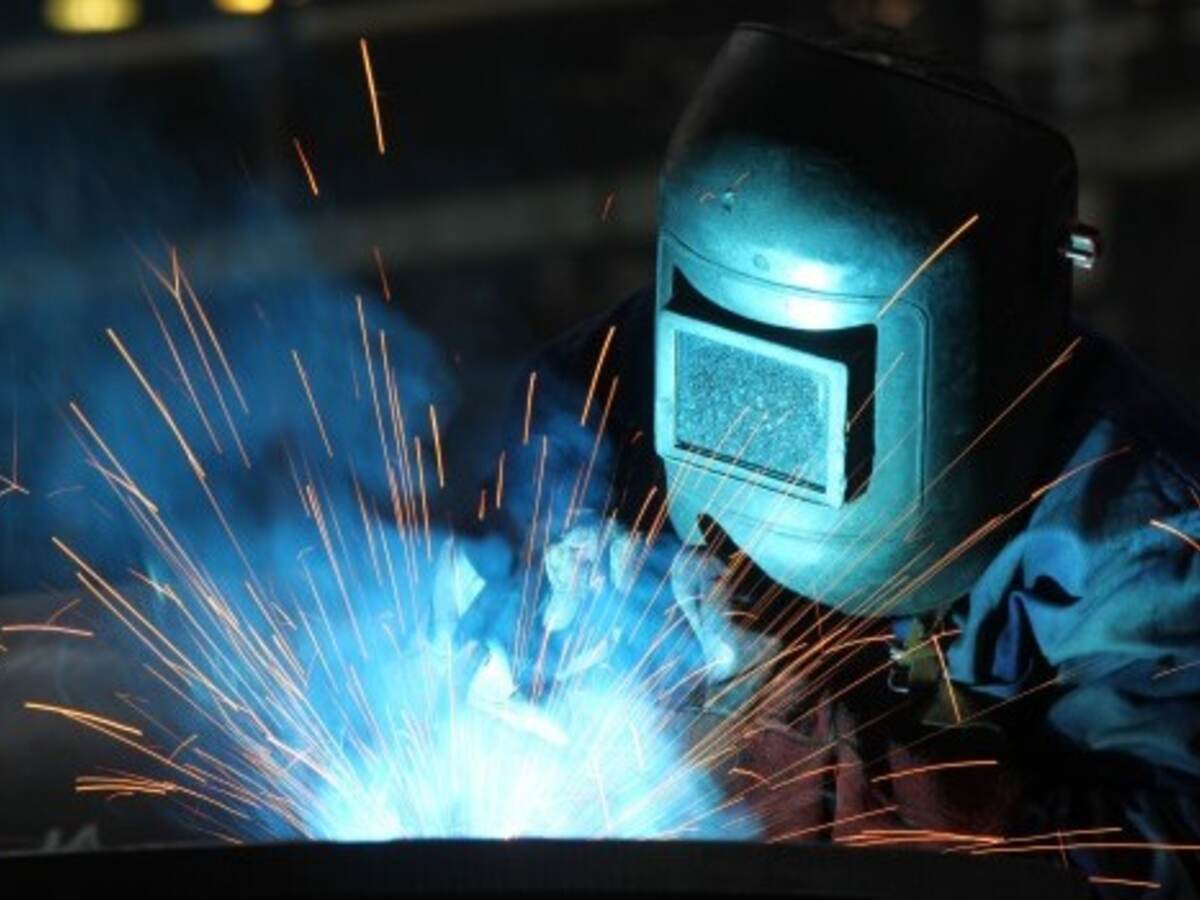December 1, 2015
TV and movie crime thrillers portray thieves and spies cracking into safes by turning the locks and listening closely for clicks to determine the combinations. While this “safe-cracking” technique is a myth, the real “safe-crackers” can be found at UL.
Manufacturers make safes in any number of sizes and styles for homes and businesses, and depending on the need, a safe can stand alone, be mounted on a wall, set into a floor or bolted to a floor surface. UL’s testing addresses the most common risks to securing valuables in safes: fire and burglary. This post addresses the first of those risks.
To mitigate fire risks, UL runs product tests that include fire endurance, which addresses internal temperatures and humidity inside the safe, and offers an optional impact test, which assesses the ability of the container to protect contents from heat before and after falling from a distance of 30 feet.
Fire Endurance Test
In the fire endurance test, technicians place the safe in a furnace that quickly reaches 1000 degrees Fahrenheit in about five minutes. The fire exposure is controlled to achieve specified temperatures throughout a pre-determined time period for different types of safe contents, including electronic media, magnetic tape and film, and paper.
During the test, technicians use sensors to monitor internal temperature and humidity. Once temperature and time goals are reached, the technicians turn off the furnace and allow the product to cool. The safe is then opened to determine if the contents are usable and can be handled without sticking together or crumbling.
Impact Test
If a manufacturer requests an impact test, the safe is immediately removed from the furnace after the fire endurance test, hoisted 30 feet above the ground and dropped to simulate a fall from three stories. After the fall, technicians examine the safe for any damage and then return the safe to the furnace for up to another hour of fire exposure. Once the safe has cooled, testers examine the contents, exterior surface, locks and fastenings.
Once a safe has been certified, the UL label will note the class, indicating the maximum interior temperature reached during testing (e.g., Class 350), and time rating, noting how long the product was able to withstand the extreme heat exposure and remain below the maximum interior temperatures.
The other primary risk to valuables in a safe — burglary — is addressed with separate tests. This testing is explored further in the blog post, visit Cracking the Code: A Glimpse into UL’s Burglary Testing of Safes.
If you are interested in learning more, or scheduling testing, please email SSQuote@ul.com.

